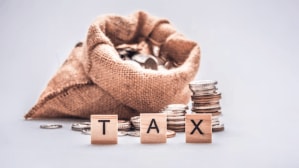-
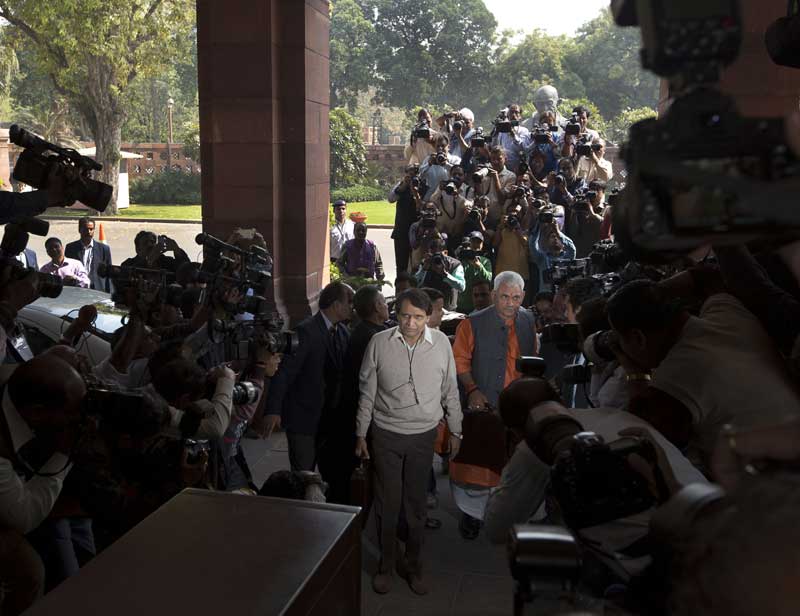
Indian Railways case of vanishing surplus: Railway Minister Suresh Prabhu in speech went to extreme lengths to explain to the Lok Sabha about the slippage in Indian Railways operating ratio, (for every rupee gained, 92 paise was being spent just on operations). But there was a time when a "surplus" was generated by the Indian Railways, inviting admiration from all around. Lalu Prasad Yadav, the 34th railway minister of India, shot into fame after he claimed to have turned the organisation into a profit venture during his tenure (2004-2009). Even management schools across the globe and in India showed a lot of interest in his skills and leadership in managing the turnaround. A case study on it was introduced in the Indian Institute of Management (IIM). Lalu Prasad Yadav was invited to eight Ivy League schools to lecture and he addressed hundreds of students at Harvard and Wharton. Here are top 5 key takeaways for you:
-
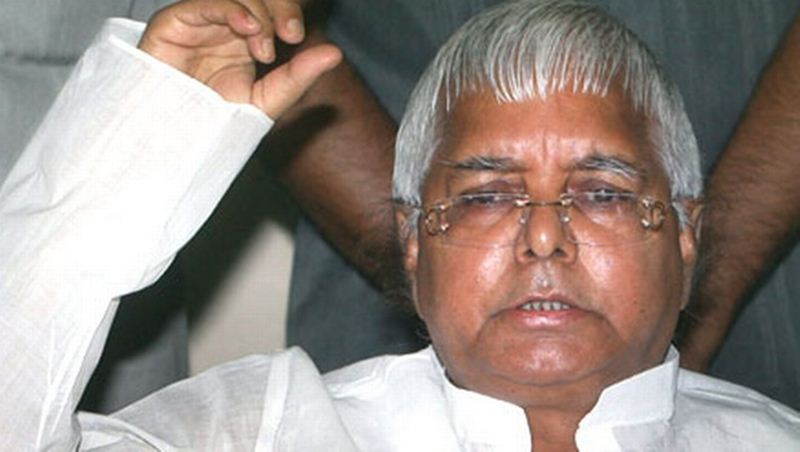
1. Indian Railways case of vanishing surplus: But the Indian Railways and Lalu Prasad Yadav did not ride merrily into the sunset. Here's why. Everyone would have been happy, had the auditors not taken a closer look at the numbers, as is their wont. The Comptroller and Auditor General (CAG) – constitutionally mandated to look at government accounts – refuted the claims made by Lalu Prasad Yadav's Rail Budget of turning around the monolith. It deemed it be more of a "cosmetic exercise," pricking the much inflated balloon of claims. (PTI)
-
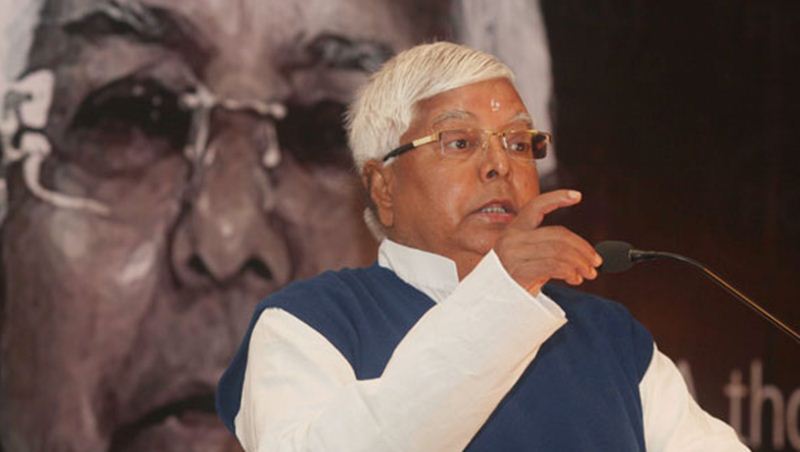
2. Indian Railways case of vanishing surplus: The CAG said it was the "new practice of issuing a statement of cash and investible surplus" that helped the minister project a rosy picture. Lalu Prasad became the railway minister in the 2004 UPA government. Under his leadership, he claimed that the Indian railways earned a total profit of Rs 25,000 crore. (Express photo)
-
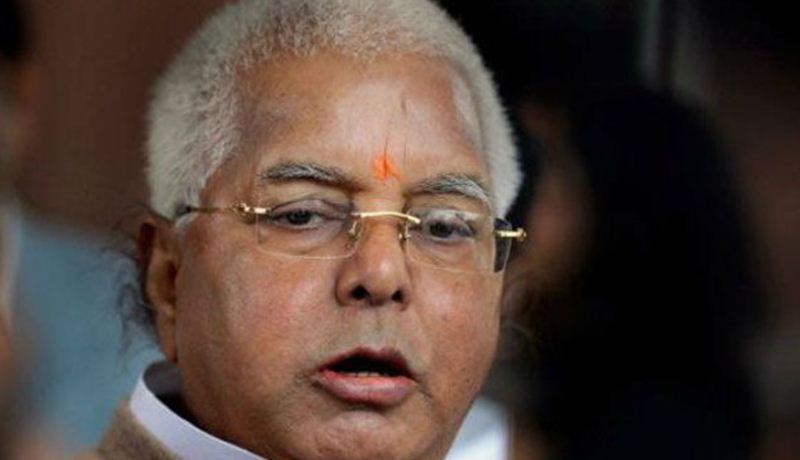
3. Indian Railways case of vanishing surplus: The 2011 CAG report found that the so-called surplus shown on the financial statements covered "cash and investible surplus", which were not included in the "net surplus" figures released by the railways in the earlier years. The "cash surplus" included the money available for paying dividend, contribution to the Depreciation Reserve Fund used for renewal or replacement of existing assets, and other funds for investment. (PTI)
-
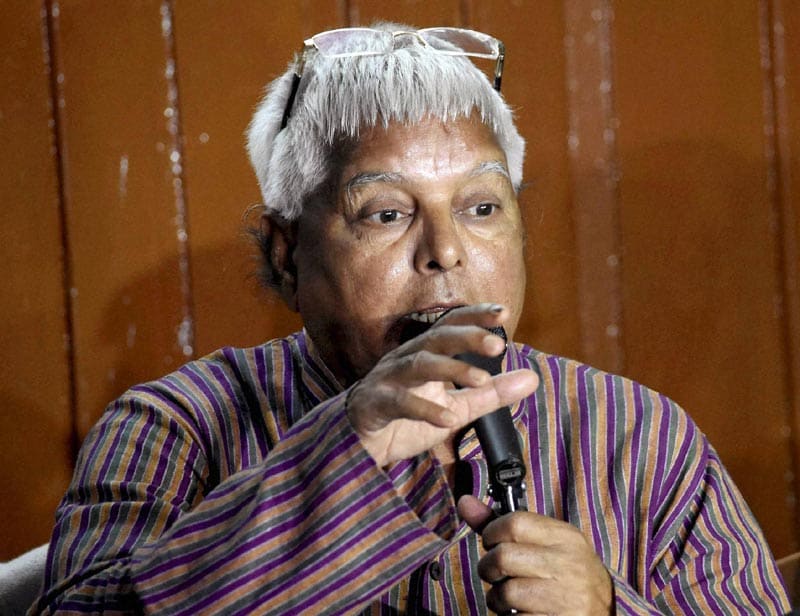
4. Indian Railways case of vanishing surplus: The "investible surplus" included the money allocated for capital expenditure. In essence, the CAG said that the exercise was more window-dressing than actual gain. The report concluded that the performance of the Indian Railways actually declined marginally during the last few years of Lalu Prasad's tenure. During his tenure as the railway minister, Lalu Prasad left passenger fares untouched. He banned plastic cups from being used to serve tea at railway stations and replaced those with kulhars (earthen cups), in order to generate more employment in rural areas. He later said he also had plans to introduce buttermilk and khadi in the railways. He also introduced cushion seats in all unreserved compartments. (PTI)
-
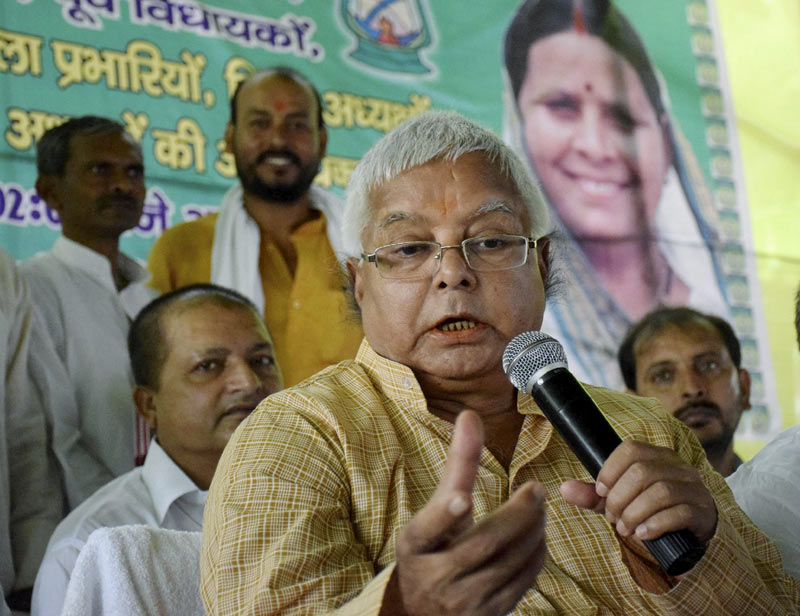
5. Indian Railways case of vanishing surplus: Lalu Prasad introduced several other initiatives during his tenure, including simplification of freight tariff; introducing dynamic pricing, full rake options, overloading freight wagons by up to 4 tonnes by reconsidering the safety formula of 1960s; and outsourcing without triggering hostility by avoiding workers' retrenchment. Many of the decisions did have long-term beneficial impact. But the myth of surplus was derailed. It's not known whether business schools still teach courses on how not to conjure up a surplus in an organisation. (PTI)
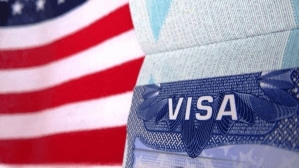
US tourist visa: Applicant’s B1/B2 visa approved without hassle, officer says ‘I don’t need to…’



